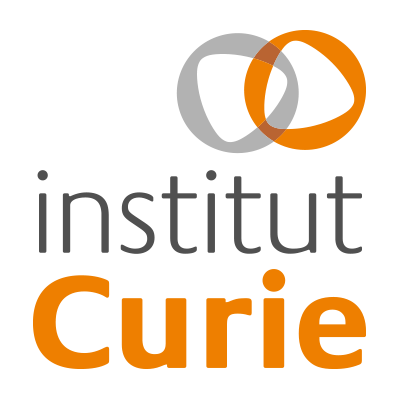
During the generation of the Aggregated Evidence Level (AEL) value, the algorithm selects the related evidences based on the previously established, curated and parametized database, then it weighs the importance of the information in accordance with the biological principles and the extent of the similarity to the patient. This means that AEL is a value number - assigned to genes, targets and medication - that is in proportion with the extent and the number of the relevant statements that support the importance of a certain gene malfunction and the efficiency of the related medication.
The AEL values can be easily calculated with respect to the substances related to the patient's case as well. We get the AEL value of the substances by summarizing the relevant associations (and the AEL) in relation with the given medication, the type of the tumor, the drivers and the targets.
Based on the AEL values, the molecular changes, the targets and the active substances can be ranked in an objective and reproducible way. This means that the algorithm supports the therapeutic decision making even in cases when where the available scientific data has a low evidence level or there are more driver alternations present in the patient's tumor.














